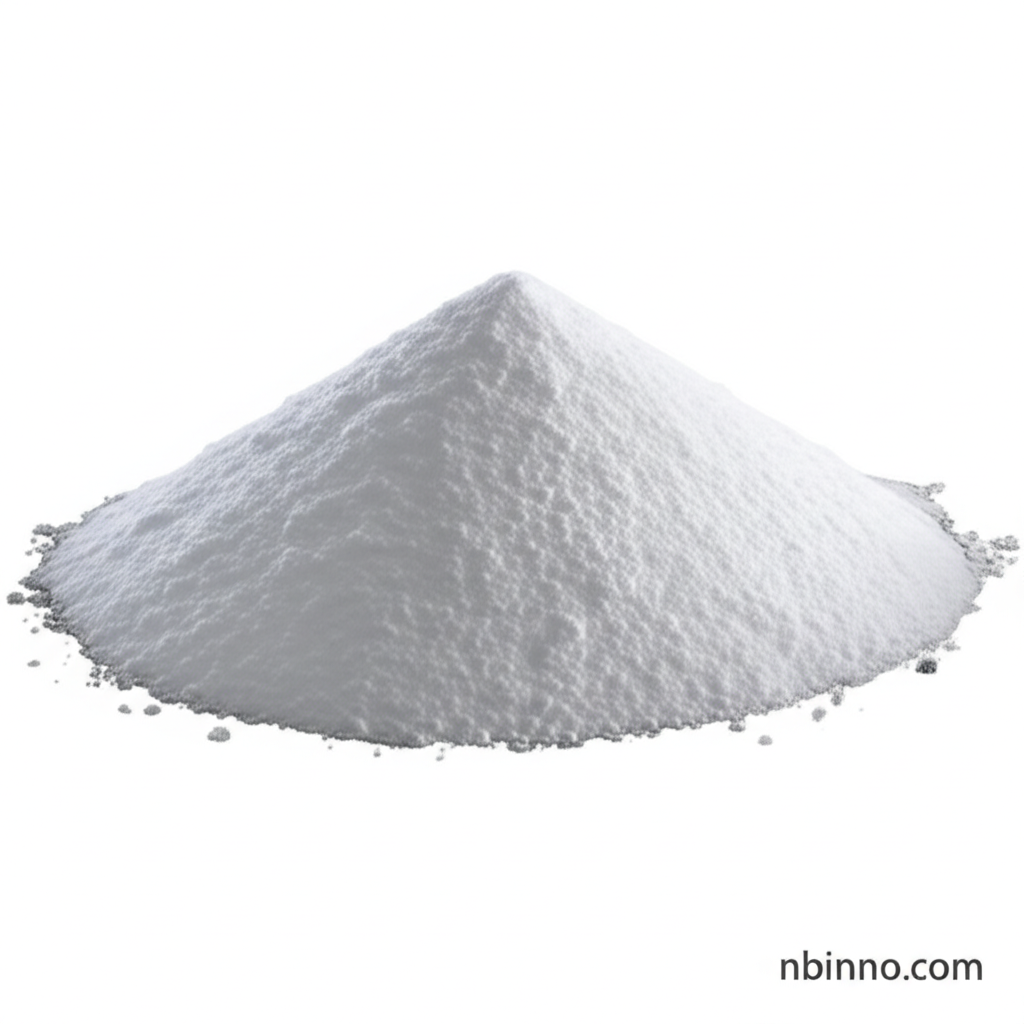Unlocking the Potential of 2,2-Difluoropropane-1,3-diol
Explore the synthesis, properties, and diverse applications of this key fluorinated chemical intermediate.
Get a Quote & SampleProduct Core Value

2,2-Difluoropropane-1,3-diol
As a versatile organic building block, 2,2-difluoropropane-1,3-diol is crucial for introducing fluorine atoms into various molecules, imparting unique chemical and physical properties. Its dual hydroxyl groups offer reactive sites for a wide array of chemical transformations.
- Leverage this key compound for advanced chemical synthesis and development of novel fluorinated materials.
- Explore efficient hydrogenation of fluorinated propanes to achieve high yields and purity.
- Discover the utility of this compound in the synthesis of pharmaceuticals and specialty chemicals.
- Understand the role of palladium-catalyzed fluorinated compound synthesis in modern chemical manufacturing.
Key Advantages
Versatile Reactivity
The presence of two hydroxyl groups allows for esterification, etherification, and condensation reactions, making it a highly adaptable intermediate in chemical synthesis.
Fluorine Introduction
Effectively introduces fluorine atoms into target molecules, a critical step in creating compounds with enhanced thermal stability, chemical resistance, and unique electronic properties.
Broad Application Spectrum
Its use as a building block in pharmaceuticals, plasticizers, solvents, and organometallic complexes highlights its importance across various industrial sectors.
Key Applications
Pharmaceutical Synthesis
Serves as a vital intermediate in the creation of active pharmaceutical ingredients (APIs) where fluorination is key to efficacy and metabolic stability, aiding in drug discovery and development.
Material Science
Used in the production of specialty polymers and other advanced materials where the unique properties conferred by fluorine atoms are desired, such as increased durability and reduced friction.
Agrochemicals
Incorporated into the synthesis of new pesticides, leveraging fluorination to enhance biological activity and environmental persistence profiles.
Organometallic Chemistry
Applied in the synthesis of various organometallic complexes, contributing to catalysis research and the development of new materials with specific electronic or magnetic properties.
